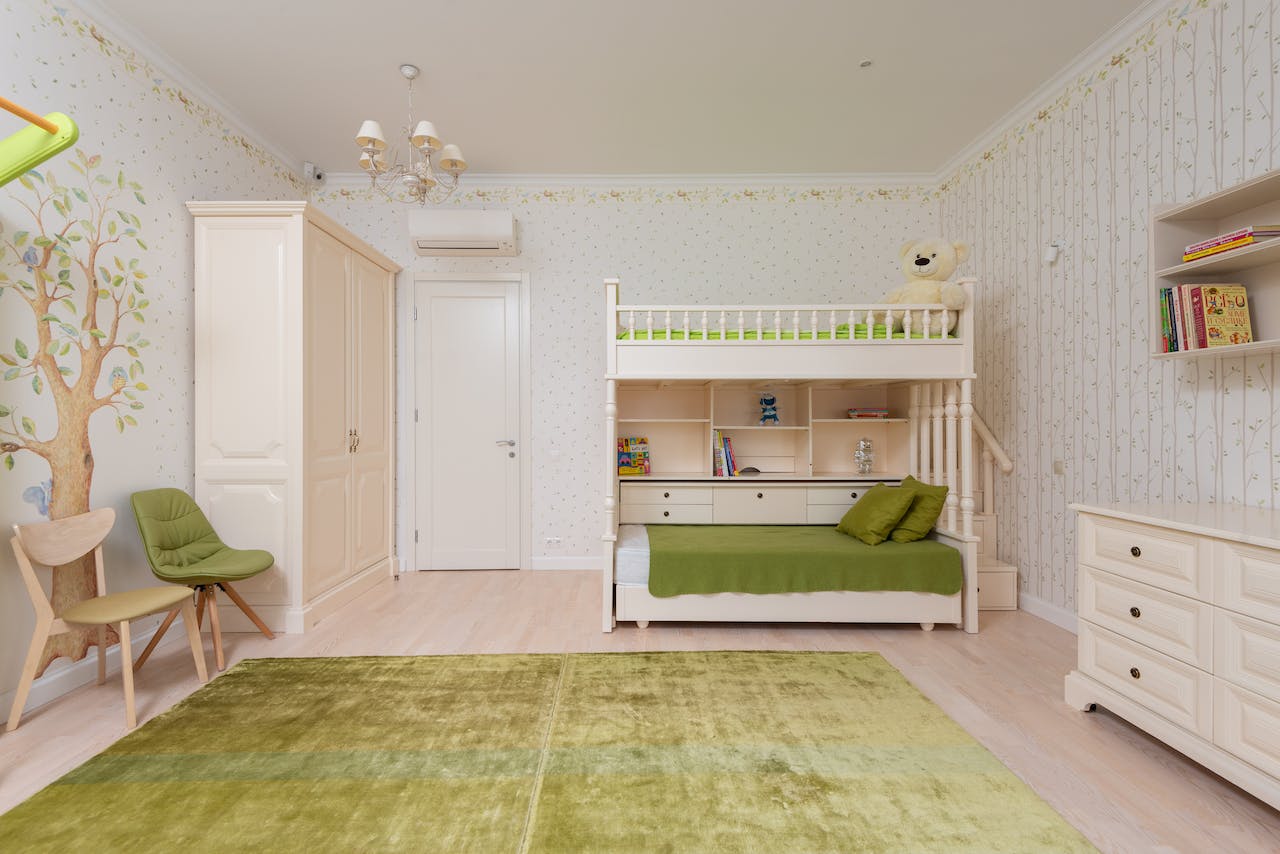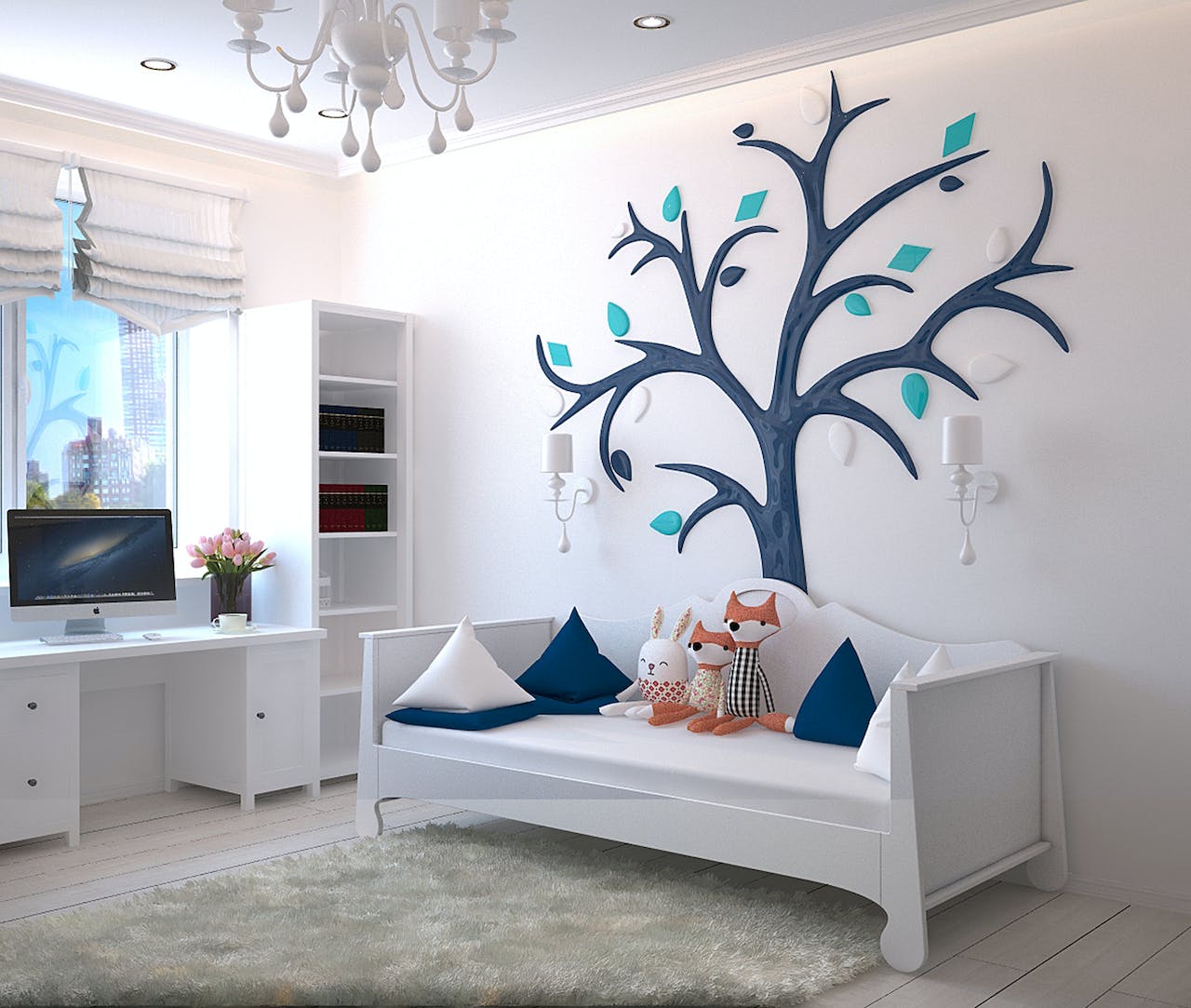Choosing eco-friendly furniture for kids is a conscious decision that benefits both the environment and children’s well-being. It’s crucial to consider safety and sustainability when selecting furniture for children, and eco-friendly options align with both these priorities.
Materials and Safety Standards
Opt for furniture made from natural, non-toxic materials that meet safety standards. Materials such as sustainably sourced wood, bamboo, or recycled plastics provide a safe and non-toxic environment, reducing the risk of exposure to harmful chemicals for children.
Non-Toxic Finishes and Coatings
Opt for furniture with non-toxic finishes and coatings. Water-based paints, natural oils, or low-VOC (Volatile Organic Compound) sealants are safer options that contribute to a healthier indoor environment, reducing potential health risks for children.
Durable and Safe Designs
Choose furniture with durable and child-safe designs. Rounded edges and sturdy constructions minimize the risk of injuries. Ensure that furniture is stable, well-constructed, and free from small parts that could pose choking hazards.
Sustainability and Environmental Impact
Select furniture that aligns with sustainable practices. Look for pieces that are certified by reputable organizations or adhere to eco-friendly standards. Opting for furniture made from renewable resources or recycled materials helps reduce the environmental impact and instills sustainable values in children.
Longevity and Adaptability
Invest in furniture that grows with the child. Choose pieces that are adaptable, such as cribs that convert to toddler beds or adjustable shelving units. This adaptability ensures that the furniture remains relevant and useful as children grow.
Educational and Eco-Conscious Designs
Consider furniture that educates children about sustainability. Designs that incorporate eco-conscious themes or materials provide an opportunity for parents to teach kids about the importance of environmental responsibility.
Conclusion
Eco-friendly furniture for kids strikes a balance between safety, sustainability, and functionality. By prioritizing non-toxic materials, durability, and environmental impact, parents can create a safe, healthy, and eco-conscious space for their children, instilling values of sustainability from an early age.




